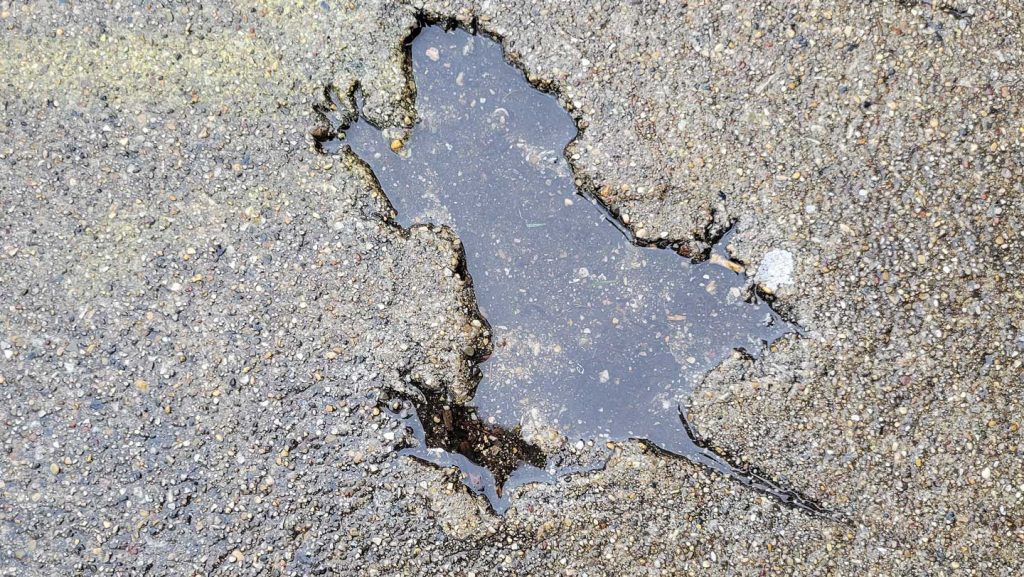From Viral Sensation to Scientific Investigation: Chicago’s Famous “Rat Hole” Revealed
In early 2024, Chicago’s “Rat Hole” became an overnight internet sensation after artist Winslow Dumaine shared a photo of what appeared to be a rodent-shaped impression permanently preserved in concrete on a Roscoe Village sidewalk. The peculiar imprint quickly captured public imagination, with visitors flocking to the site to leave offerings of flowers, coins, and other tributes before city officials eventually relocated the concrete slab to Chicago’s City Hall for safekeeping. Despite Chicago’s reputation as America’s “rattiest city,” the true identity of the creature behind this urban fossil has remained a subject of spirited debate—until now.
Michael Granatosky, an evolutionary biomechanics researcher from the University of Tennessee in Knoxville, saw a unique opportunity to apply rigorous scientific methodology to this lighthearted urban mystery. “Even if people weren’t thinking of it as science, it was clear they were applying deductive reasoning,” Granatosky explains. “It seemed like a fun project to apply the scientific method to something that’s lighthearted.” His team’s findings, published October 15 in the journal Biology Letters, suggest that the famous “Splatatouille” impression was likely not created by a rat at all, but rather by a squirrel—specifically, either an eastern gray squirrel (Sciurus carolinensis) or a fox squirrel (Sciurus niger).
The research team took an approach worthy of paleontologists studying ancient fossils. They collected numerous photographs of the concrete impression, meticulously measuring anatomical features such as the snout-to-tail length and head width. They then identified eight small mammal species native to Chicago using the app iNaturalist and obtained the same measurements from museum specimens of each potential candidate. By comparing these measurements with those from the sidewalk impression, they were able to narrow down the most likely culprits. According to their analysis, the proportions and size most closely matched those of squirrels rather than rats, challenging the popular nickname that had captured public imagination.
How did this peculiar impression come to be? Granatosky’s team hypothesizes that the squirrel likely created the imprint after falling from a tree that local residents recall once stood near the sidewalk. For a rat to have made a similar impression, it would have needed to be dropped from a significant height, perhaps by a bird of prey, as there were no visible footprints leading to or from the impression. Some die-hard rat believers have pointed to the lack of a bushy tail in the concrete as evidence against the squirrel theory, but Granatosky notes that wet concrete likely wouldn’t capture such fine details regardless of which rodent created it.
Interestingly, despite all the data collected and analysis performed, the team still couldn’t make a completely definitive identification of the species responsible for the imprint. This limitation highlights the significant challenges faced by paleontologists when analyzing far more ancient specimens with less contextual information available. “Even with all the information we had, we still couldn’t be 100% certain,” Granatosky acknowledges. “Imagine how much more difficult it is when you’re looking at fossils that are millions of years old.”
The Chicago “Rat Hole” investigation has proven to be more than just a quirky scientific curiosity—it’s become an educational opportunity as well. Granatosky is currently developing a lesson plan for children based on this urban paleontology case study, hoping to inspire younger generations to engage with scientific methods through relatable, fun examples. “It’s so rare to get such a fun story,” he says with enthusiasm. “It really speaks to what we do in my lab, which is take data and package it in a way that is accessible.” By transforming an internet meme into a legitimate scientific investigation, Granatosky and his team have demonstrated how everyday curiosities can become gateways to understanding scientific principles, proving that sometimes the most engaging scientific discoveries aren’t found in remote excavation sites or laboratories, but embedded in the sidewalks of our own cities.


